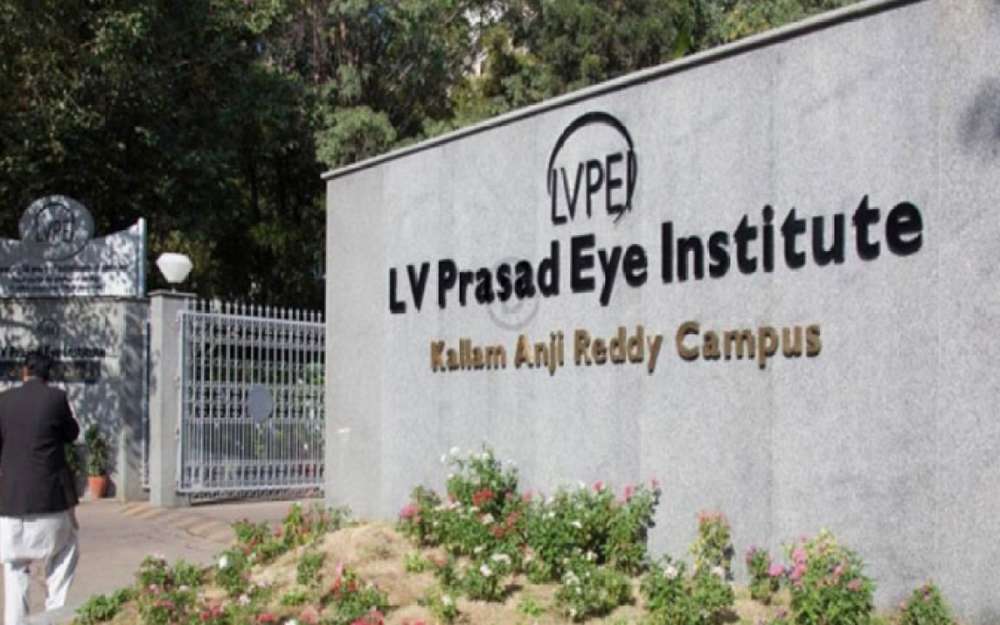Hyderabad: L V Prasad Eye Institute in partnership with Standard Chartered today launched two new programmes to improve eye care delivery – the “Standard Chartered-LVPEI Programme for Eye Care Education” and “Technology-Enabled Primary Eye Care Services”.
With the evolution of technology and the changing eye care situation, there is a growing need to scale-up primary eye care services by leveraging technology. This need has led to the evolution of technology-enabled “Primary Eyecare Vision Centre” or the ‘’Futuristic Vision Centre’’ model. The model extends the scope of existing vision centres, an LVPEI innovation developed at LVPEI and is intended to target detection of all chronic eye conditions that are currently beyond the realm of primary eye care. The proposed futuristic model is envisaged to bring about a paradigm shift in the way the eye care is delivered at the primary level.
The Vision Centre concept is an innovative eye care service delivery model developed by L V Prasad Eye Institute nearly 25 years ago. The primary goal of the Vision Centre is to provide basic eye care including detecting common blinding eye conditions, correction of refractive errors and appropriate referral of complex cases to the next level. Currently, the LVPEI vision centre network comprises of 180 primary centres spread across the four states of Andhra Pradesh, Telangana, Odisha and Karnataka.
The proposal on the futuristic Vision Centre model is approved by Standard Chartered Bank and the partnership envisages establishing 58 futuristic such centres across Andhra Pradesh, Telangana, Odisha, and Karnataka from 2019 through 2023. The first of the 58 Futuristic Vision Centres is scheduled to be operational in the first week of October 2019.
It is estimated that over 0.5 million will benefit annually through these futuristic vision centres, once established. Commenting on the programme, Dr Gullapalli N Rao, Founder and Chair, L V Prasad Eye Institute said, “Each technology-enabled vision centre is expected to examine 5000 patients per annum. More importantly, close to 20% of those who are currently being referred, need not be referred, as enhanced services are available in the vision centre itself. This is expected to not only expedite eye care delivery at the primary level but also bring about
about a substantial indirect cost saving to the patients and to the community at large.”
Ratna Chotrani

